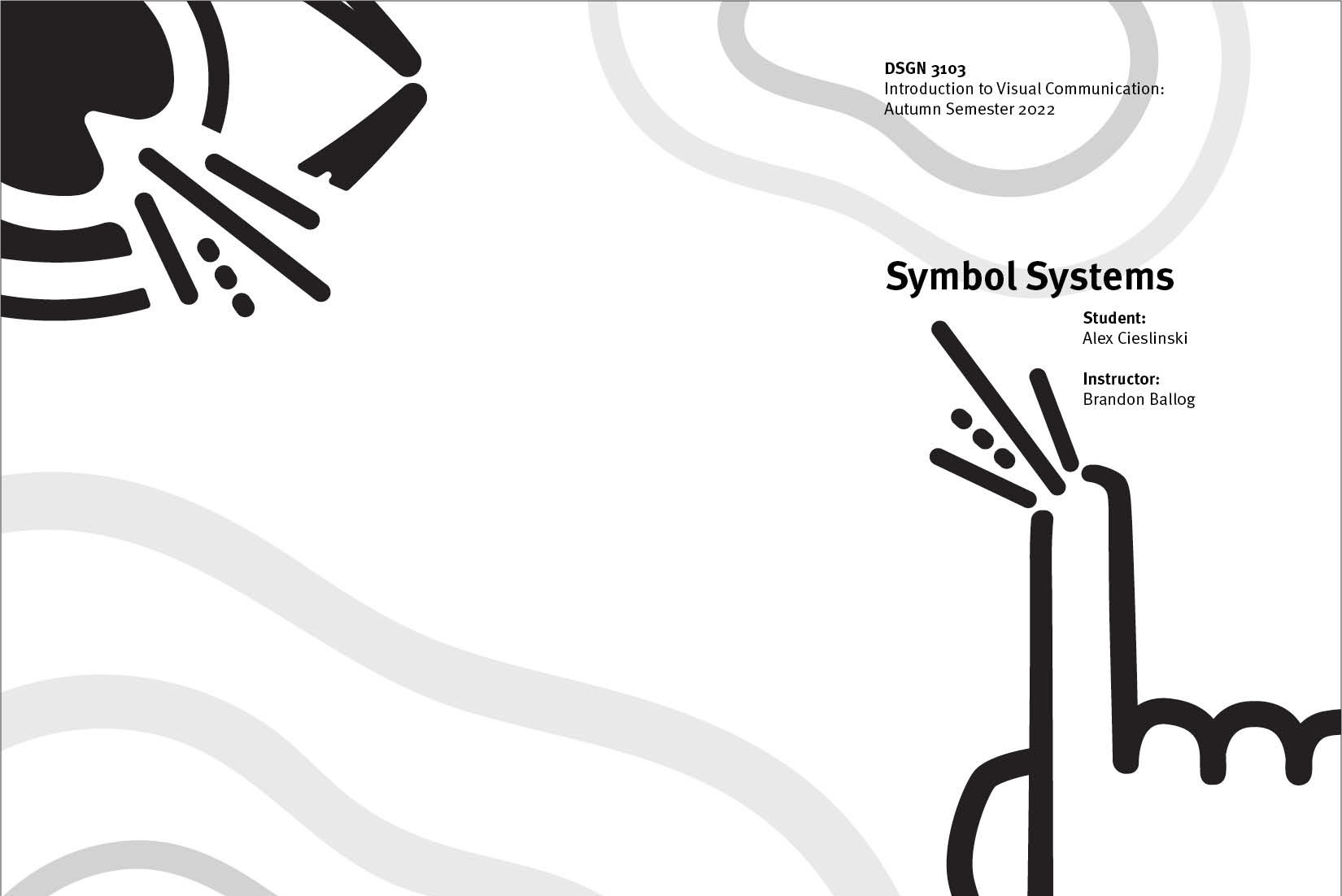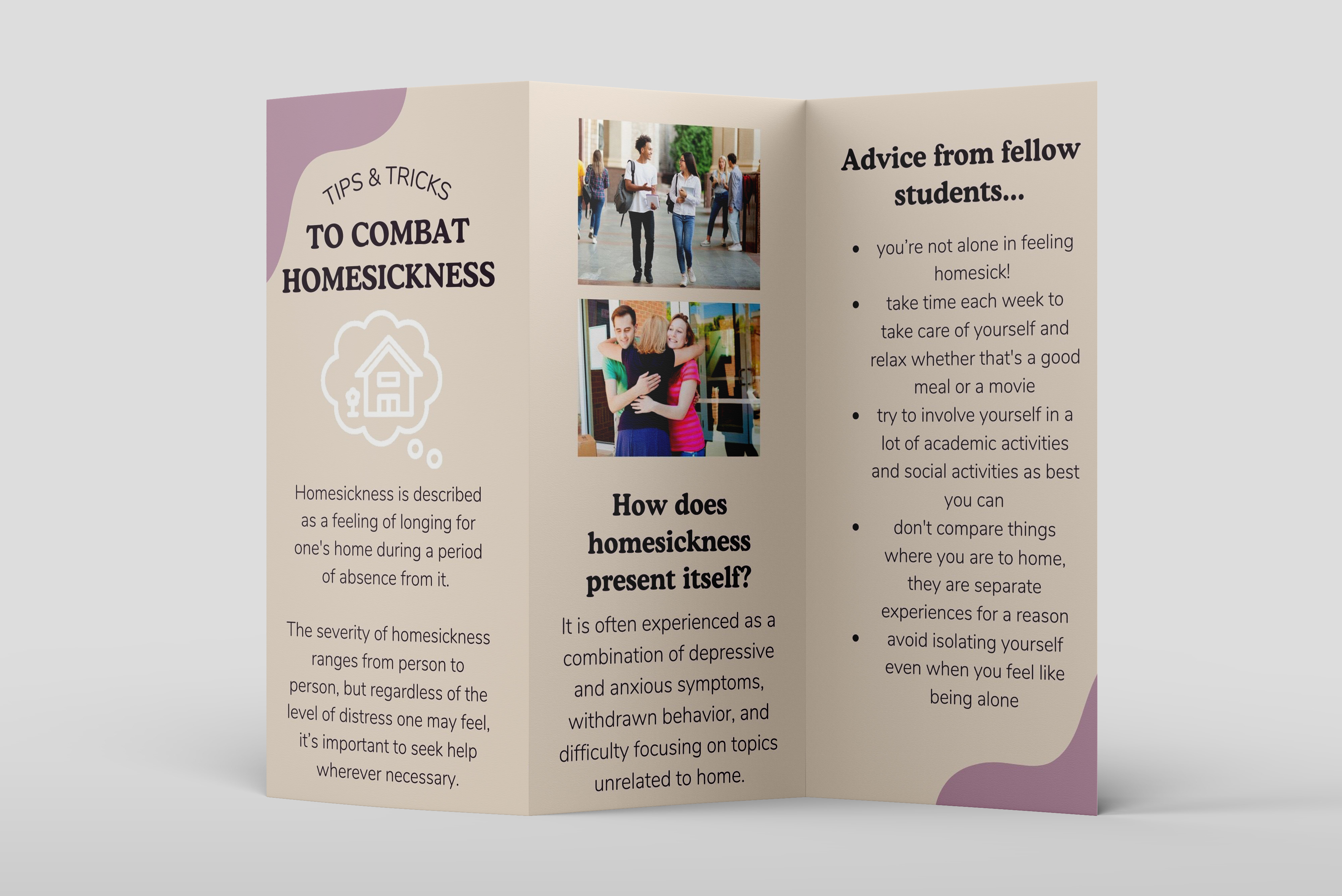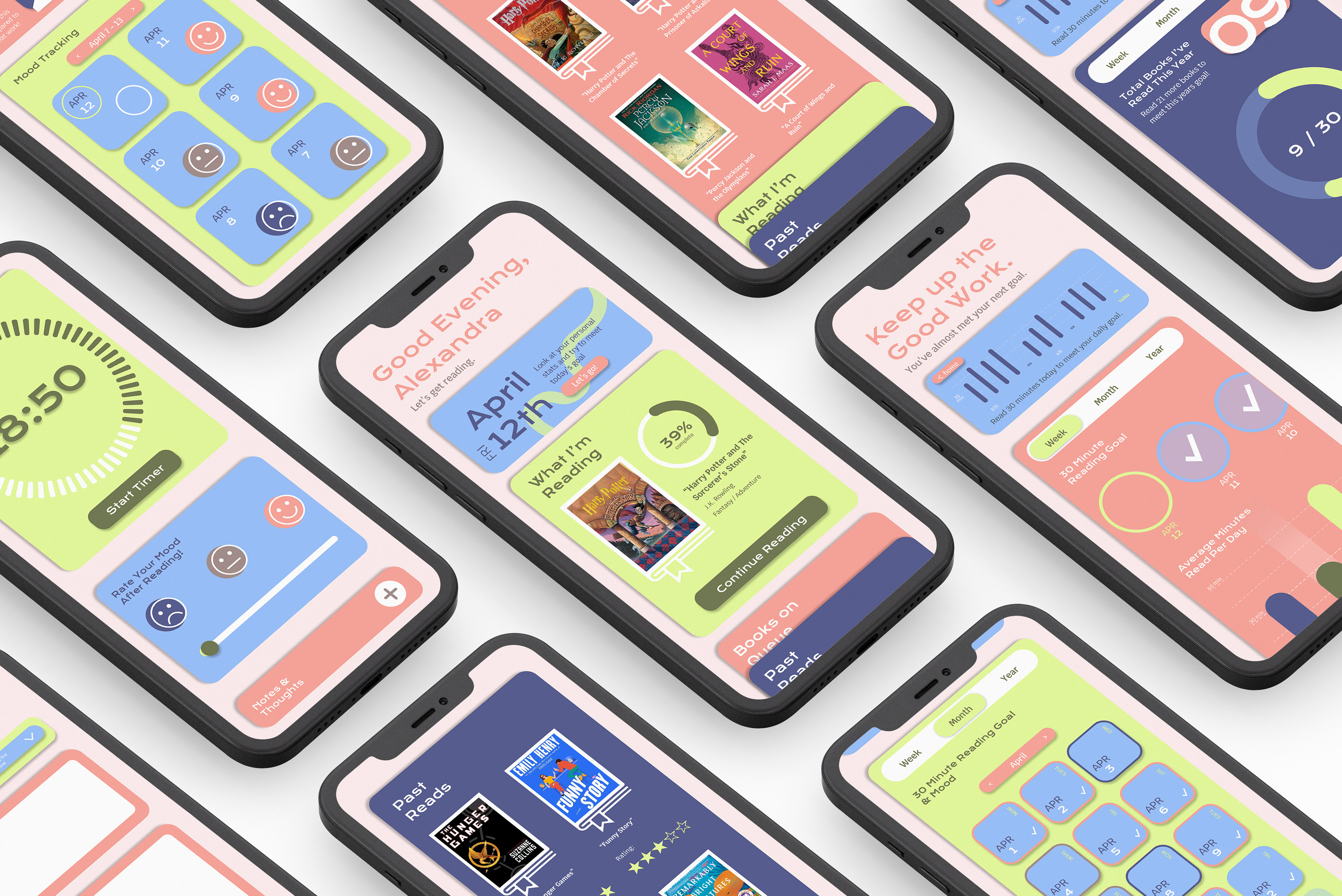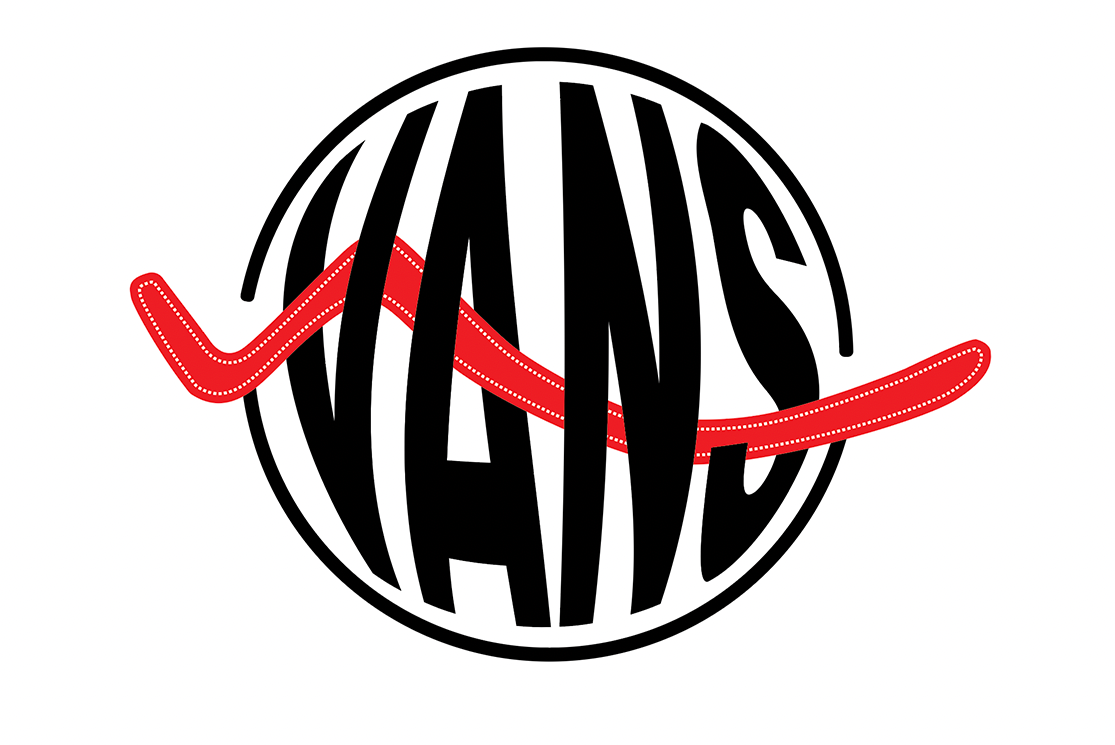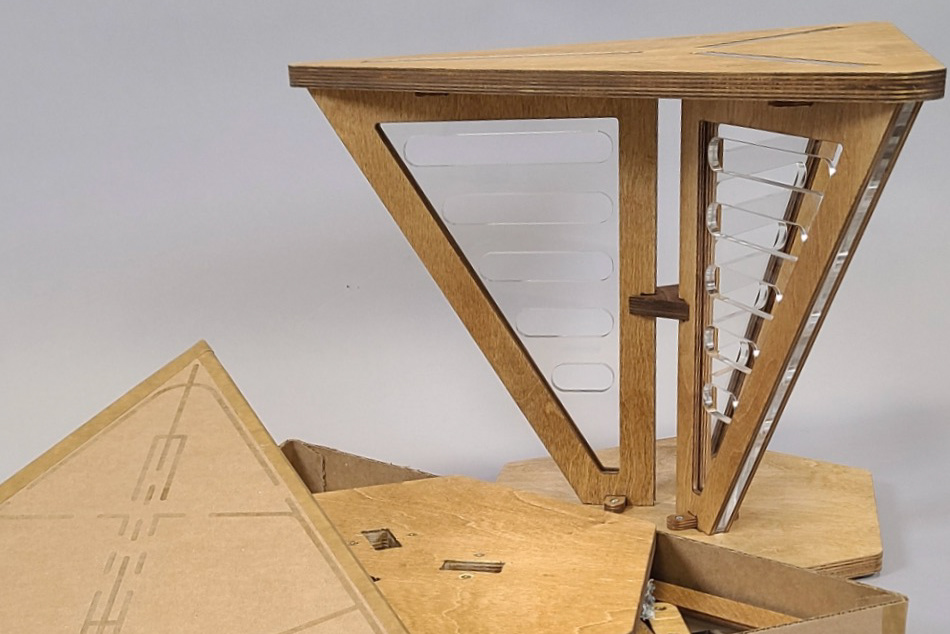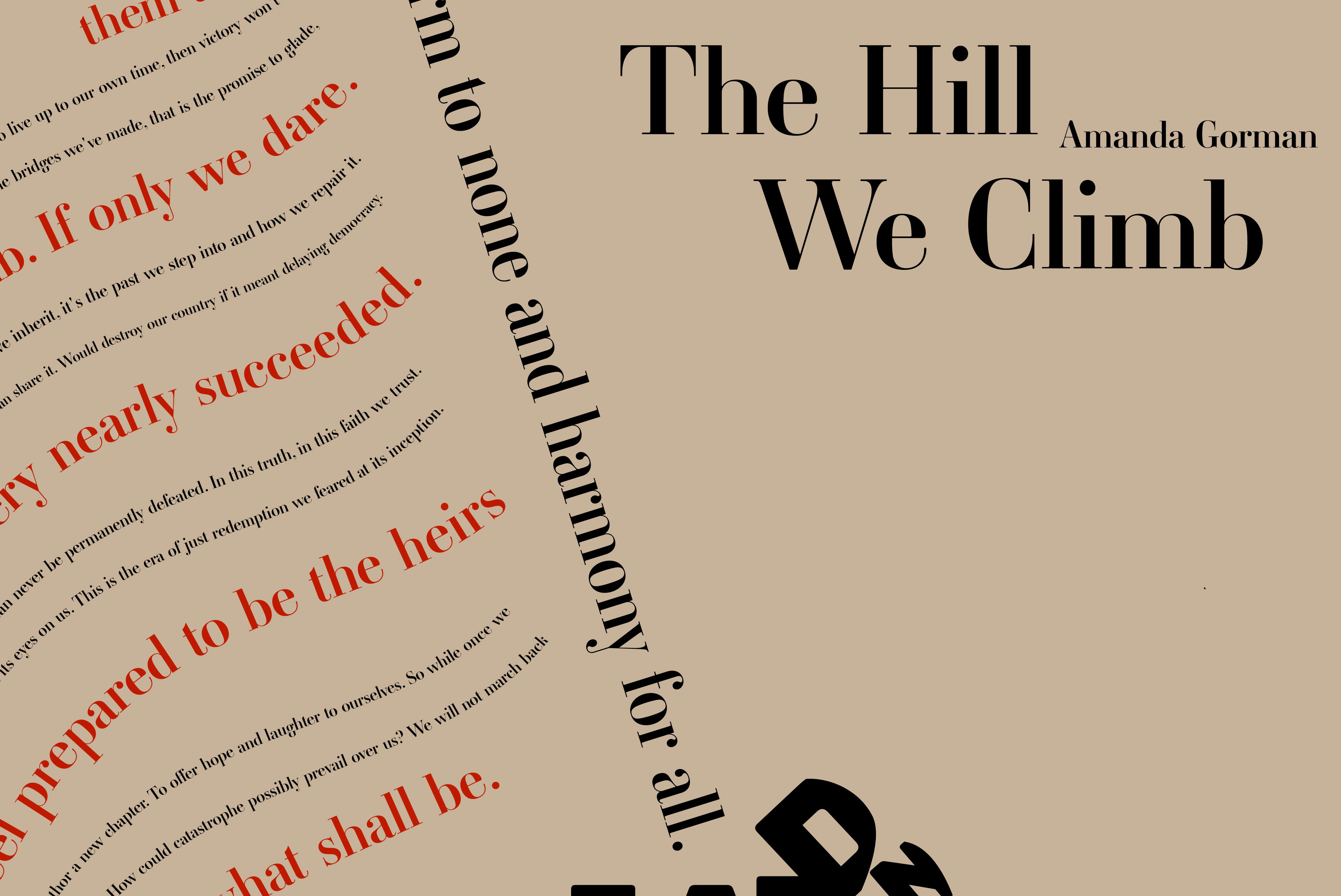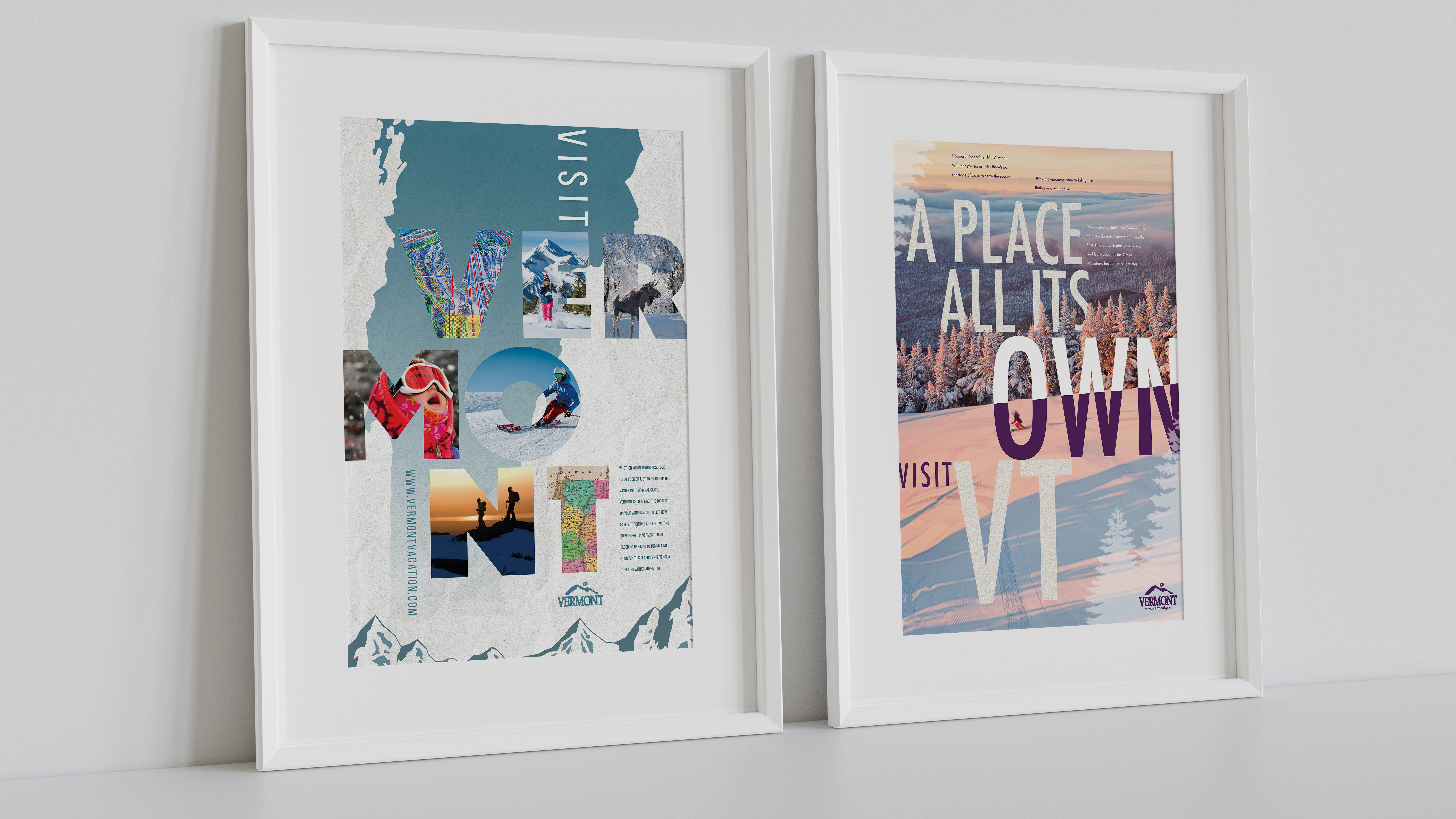As someone who finds immense enjoyment in my daily cup(s) of coffee, I thought it would be interesting to track how caffeine consumption affected my mood throughout the day.
I started 2024 wanting to cut back on how much caffeine I had daily. However, with this project, I was able to determine if my caffeine intake could actually have positive benefits to my overall mood on a day-to-day basis. Tracking personal data can be intimidating as you don't want it to become forced in order to portray yourself to be healthier, more productive, etc., but I found out a lot about myself through this process of tracking, analysis, and visualization and don't know if I would have had such vivid concept ideas if the data was not personal to me.
Data Collection: January 11th - January 24th 2024
The data points that I collected during this 2 week period were how much caffeine I had daily and at what times, how many hours of sleep I got each night, if I completed some sort of physical activity, how much water I consumed, and my mood throughout the day.
Caffeine- I typically make myself a latte (or multiple) at home with 3 shots of espresso. After doing some research into how much caffeine is in 1 shot of espresso I found it was roughly 65 mg. Based on this calculation, I concluded that each of my lattes made at home were about 200mg of caffeine and if I got a coffee out, I was able to use their nutritional guidelines to tell me how many mg were in the drink. I manually logged the amounts and times I consumed a caffeinated beverage.
Mood- I took note of my mood increases and decreases just as I felt I saw drastic changes throughout my day. I followed the Arousal Valence Matrix to learn more about emotional intelligence and how I personally define myself as being in a "good" mood. I used my iPhone Notes app to do this because it was easily accessible to me at all times.
Physical Activity- I manually logged this information with either a yes or no in my chart as well as with the time that I began the workout but not the duration.
Sleep- I used my Apple watch to track the duration of my sleep which puts the data into my iPhone's health app.
Water- I manually logged my water intake based on how many bottles I drank of my 30 oz water bottle.
Data Analysis
At first, I was heavily focused on trying to find connections between my caffeine intake and my sleep patterns but after computing averages and all sorts of other statistical information, I was not finding patterns that were interesting or unique and personal. This is when I shifted my thought process and began to look at my mood fluctuations. I noticed that I had significant mood boosts after caffeine which I expected but then also noticed when I laid everything out on a timeline, that there was usually an especially large mood boost after I had a coffee and had worked out.
From that observation, I began looking into how the body reacts to physical activity and how the stimulant caffeine might join with that to affect my mood. I discovered that working out creates an increase in dopamine, a chemical in our brain that gives us feelings of motivation and satisfaction and ultimately alters mood positively. I also found that caffeine can stimulate dopamine release prolonging the reward pathway in the brain. The correlation between my increase in mood and the two activities (physical activity and caffeine consumption) now made more sense and I was able to bring the idea to life visually.
Design Process: Iteration
Because this was my first time working with real data and portraying it in a graphic format, I wanted it to be visually compelling of course, but more importantly, it also needed to be accurate. Finding what has been done well before is always an exciting way to start a project. I like to gather visual inspiration from websites like Pinterest and Behance.
Design Process: Concept Development
The data that I collected throughout the 2 weeks ultimately lent itself to presenting in some sort of timeline variation because I was trying to show how the times that I engaged in physical activity and when I had caffeine were closely aligned with when I saw the biggest mood bursts in my day.
My first few iterations were based on too many quantitative factors and that is why I wasn't finding interesting enough comparisons. Once I started to decipher my qualitative mood data and compare this to the numerical points, I started to see better patterning in my behaviors and this sparked more developed and inspired concepts that I feel give the viewer a great insight into me.
Final Design
My final design visualizes all 14 days of the 2-week data collection period in a semi-circular timeline. The hours of the day start from the centermost point of the graph and progress as your eye works its way toward the outer ring. Each data point has its own color and symbol association which is broken down in better depth in the key. There is a model of how physical activity boosts dopamine and how caffeine enhances this feeling of increased mood. This is ultimately how I show the positive benefits that a workout and coffee have in bolstering my peace and happiness each day.
I applied asymmetry to my design by using a semi-circle instead of a full circle because not only did this make the data of each day closer together making comparisons amongst them easier, but it allowed me to have an interestingly shaped negative space for my key without leaving too much blank space. I also used a lot of movement in the key so that the idea flows through the description giving a good balance between text and visuals.
Reflection
The main challenge I faced during this project was analyzing the data I collected. The courses I have taken in design research definitely prepared me with a good place to start, but it was overwhelming at first. I did not want to jump to conclusions that I thought might happen just because it is personal data so it was slightly difficult to take a step back and look at it with fresh eyes to see what conclusions could be drawn. That being said, I learned a lot during this process mostly from a technical standpoint. I used several graph generators and even used the one built into Adobe Illustrator. While these are not always the most visually interesting outcomes, it was a big help in starting and from there I could alter to my desired look. If I were to expand and improve upon this project, I think I would try to use a method other than manually tracking my moods such as apps or checking in hourly instead of just noting my overall mood fluctuations. This would make the data even more precise and could potentially draw more in-depth conclusions. I learned so much about myself and data visualizations and am interested in how I can apply this thinking to more of my work in the future.


